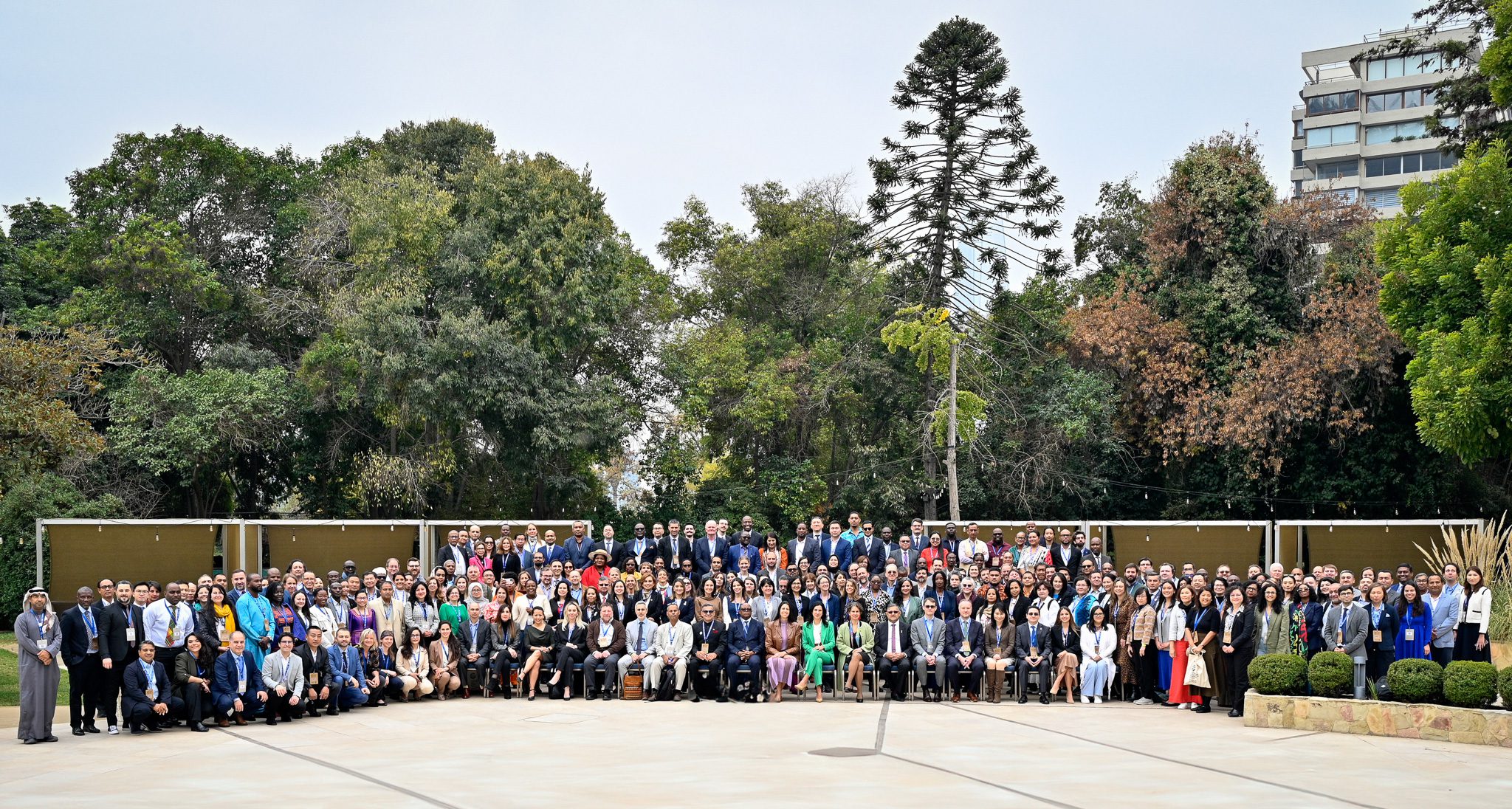Key Impact Points:
- 11 strategies could reduce building emissions by 80% and unlock $1.8 trillion by 2030.
- China’s construction market is pivotal for global sustainable change.
- The report highlights key barriers and solutions across the building value chain.
A new World Economic Forum report, in collaboration with Boston Consulting Group, outlines 11 strategies to reduce building emissions by 80% and unlock $1.8 trillion in global market opportunities by 2030. This comprehensive roadmap aims to transform the global building sector, addressing climate change and protecting biodiversity. For the full report, click here.
The Challenge and Opportunity
Buildings are responsible for 37% of global CO2 emissions and contribute to habitat loss affecting 34% of Earth’s species. The report emphasizes the fragmented nature of the building sector’s value chain, complicating its green transition. As emerging economies urbanize, the sector must align to meet net-zero, nature-positive targets, build resilience, and enhance human well-being.
Strategies for Transformation
The report, “Towards Green Building Value Chains: China and Beyond,” identifies 11 strategic transition levers across the building value chain. These levers promise significant emission reductions and economic gains. Gim Huay Neo, Managing Director at the World Economic Forum, highlighted the importance of developing materials and construction methods that are net-zero carbon, nature-positive, and resilient.
Change the World - Subscribe Now
“The new frontier of growth and competitiveness for players in the building sector will be to develop materials, design construction methods, and achieve operational outcomes that are net-zero carbon, nature-positive, and resilient to extreme weather shocks while promoting community well-being and people-to-people connections,” said Neo.
A Collaborative Approach
Key enabling factors for this transformation include aligning regulations, adopting advanced technologies, and upskilling the workforce. Yvonne Zhou, Managing Director at BCG, stressed the importance of collaboration across the value chain.
“The sheer complexity of the building value chain requires upstream and downstream players to work together on enabling actions such as standard alignment and technology breakthrough. Only through this collaboration will the 11 levers be fully unlocked,” Zhou stated.
China’s Crucial Role
As the world’s largest construction market, China’s participation is crucial. The report underscores China’s potential to lead the green transition, which would not only create value domestically but also catalyze global adoption of green building practices.
“China is the world’s largest market for building material production and consumption. We must act quickly to leverage China’s sizeable contribution to greening the global building value chain,” said Wu Yong, President of the China Association of Building Energy Efficiency.
The report showcases best practices from China and other emerging economies, offering a comprehensive approach to green building value chains. It builds on the Net-zero Opportunities of Value-chain Actions (NOVA) project, launched at the World Economic Forum Annual Meeting 2024, promoting coordinated net-zero transitions in key industries.
Link to Full Report: Towards Green Building Value Chains: China and Beyond












